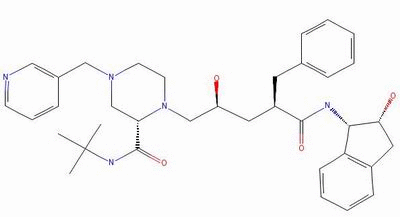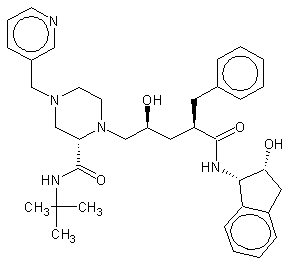Trade names Crixivan MedlinePlus a696028 Routes ofadministration Oral CAS ID 150378-17-9 | AHFS/Drugs.com Monograph License data US FDA: Indinavir Molar mass 613.79 g/mol Protein binding 60% | |
 | ||
Pregnancycategory US: C (Risk not ruled out) | ||
Hiv life cycle how hiv infects a cell and replicates itself using reverse transcriptase
Indinavir (IDV; trade name Crixivan, manufactured by Merck) is a protease inhibitor used as a component of highly active antiretroviral therapy to treat HIV/AIDS.
Contents
- Hiv life cycle how hiv infects a cell and replicates itself using reverse transcriptase
- Indinavir meaning
- Medical uses
- Side effects
- History
- References

It is on the World Health Organization's List of Essential Medicines, a list of the most important medications needed in a basic health system.
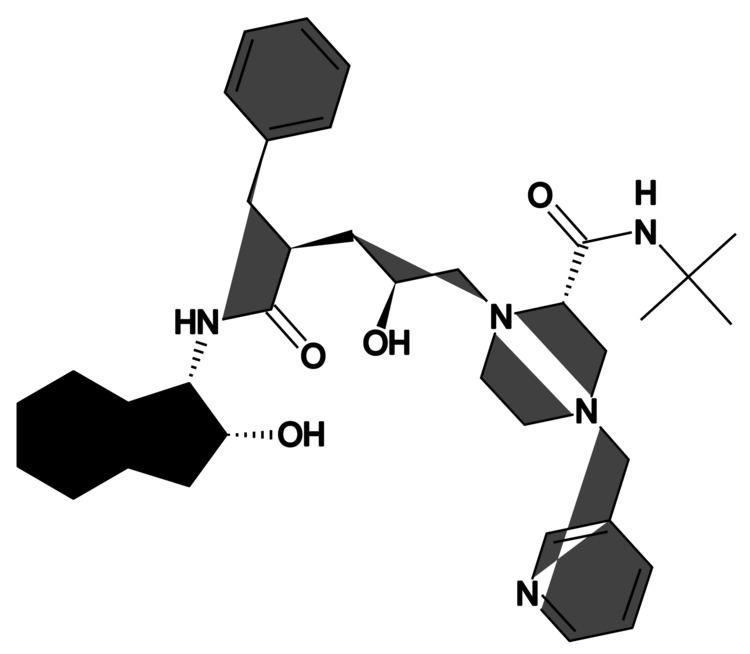
Indinavir meaning
Medical uses
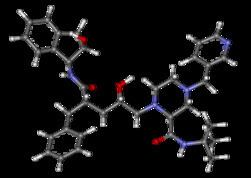
Unfortunately, indinavir wears off quickly after dosing, so requires very precise dosing every eight hours to thwart HIV from forming drug-resistant mutations, including resistances to other protease inhibitors. It has restrictions on what sorts of food may be eaten concurrently. For these reasons it is now rarely used.
Side effects
The most common side effects of indinavir include:

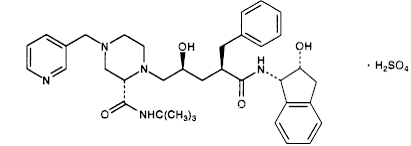
Indinavir inhibits urinary nitrous oxide production and may inhibit nitric oxide production. Treatment with this drug is frequently associated with renal abnormalities, sterile leukocyturia, and reduced creatinine clearance.
Indinavir impairs endothelial function in healthy HIV-negative men and may accelerate atherosclerotic disease.
History
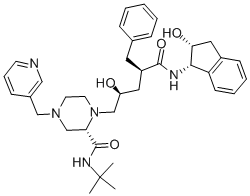
The Food and Drug Administration approved indinavir on March 13, 1996, making it the eighth approved antiretroviral. Indinavir is much more powerful than any prior antiretroviral drug; using it with dual NRTIs set the standard for treatment of HIV/AIDS and raised the bar on design and introduction of subsequent antiretroviral drugs. Protease inhibitors changed the very nature of the AIDS epidemic from one of a terminal illness to a somewhat manageable one.

Increasingly, it is being replaced by newer drugs that are more convenient to take and less likely to promote virus resistance, such as darunavir or atazanavir.
